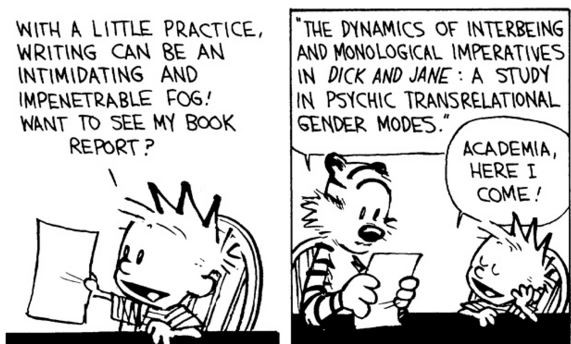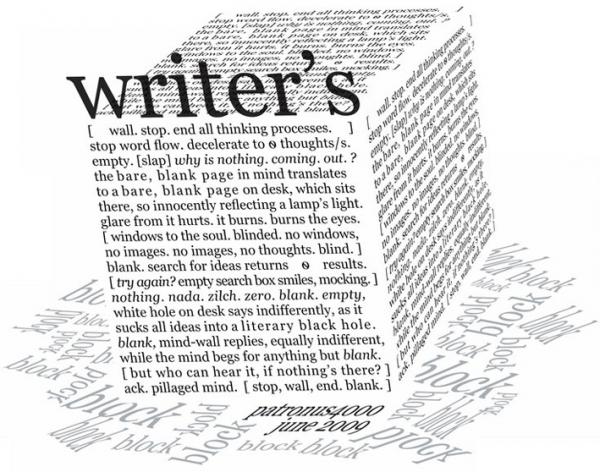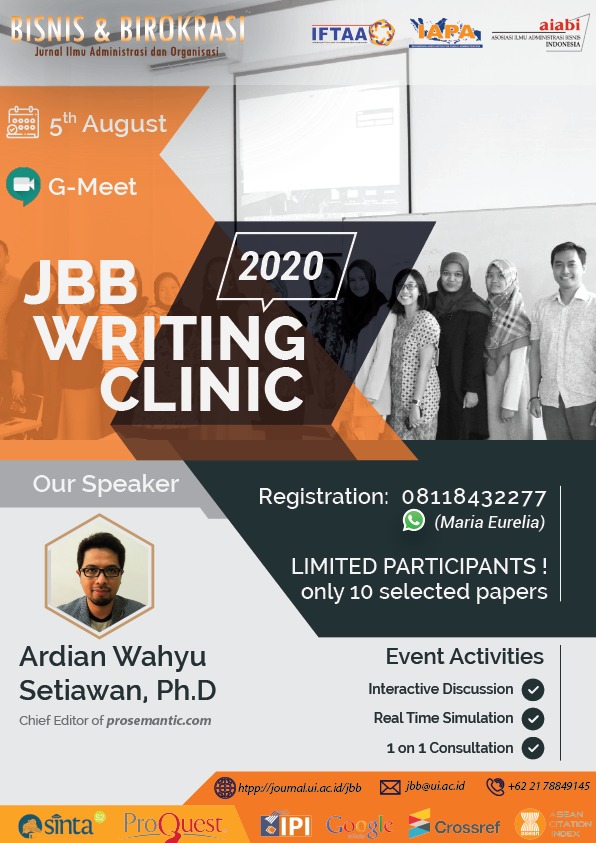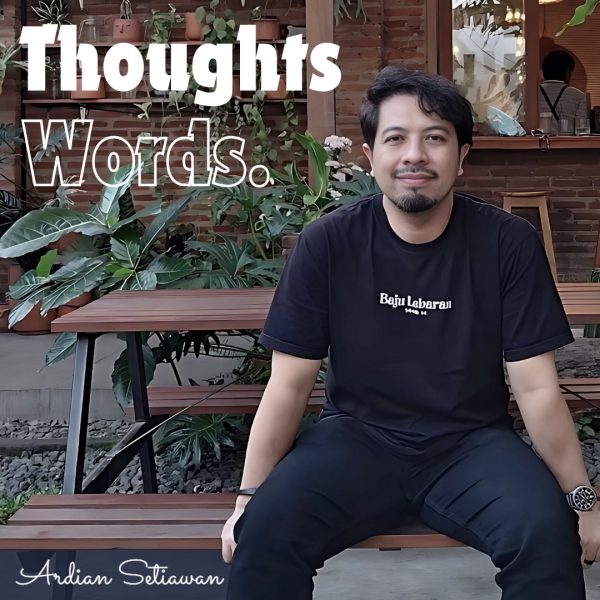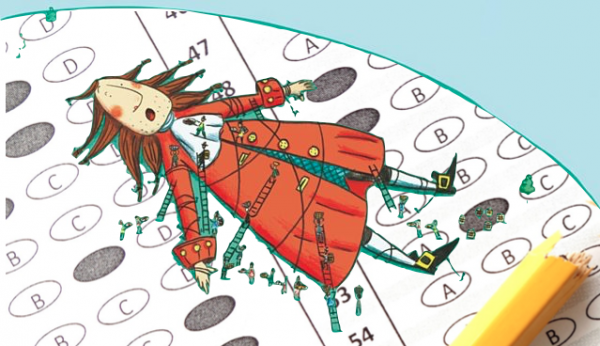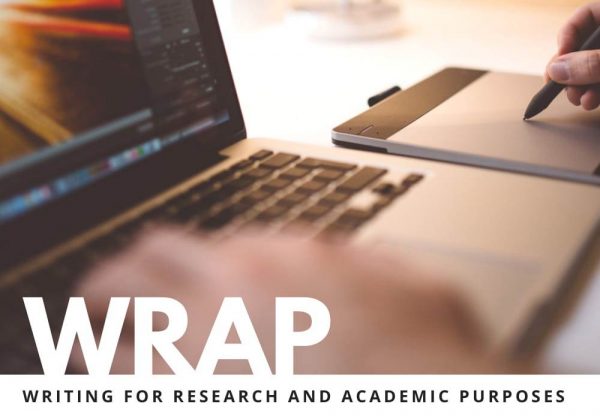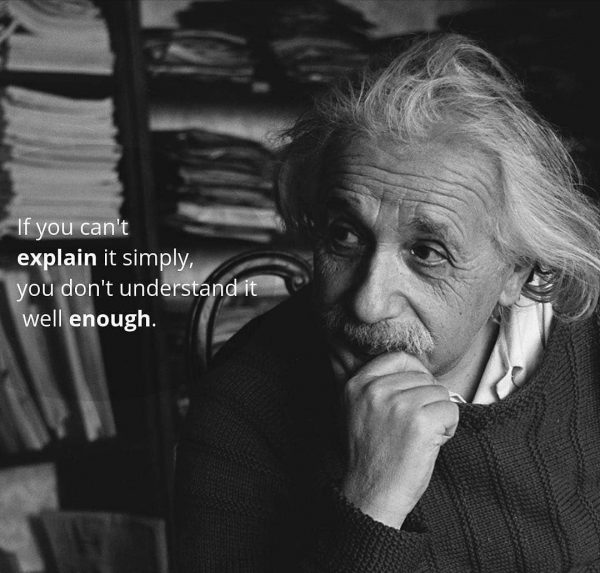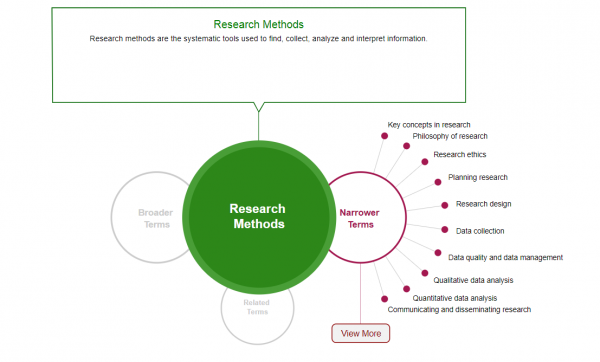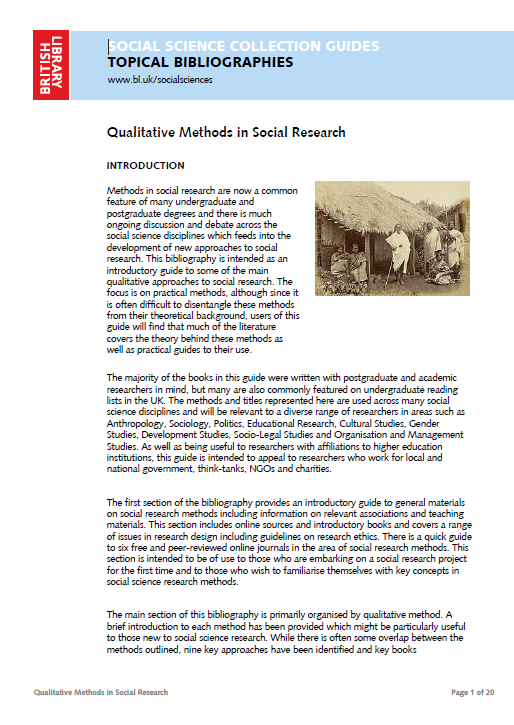Mengidentifikasi gap itu gampang-gampang susah. Dibilang gampang, tapi bikin pusing juga. Dibilang susah, tapi doable – bisa dilakukan. Apa sih maunya? 😁
Nah, kalau teman-teman tidak punya pegangan kerangka untuk mencari dan menemukan research gap, teman-teman bisa menggunakan panduan sederhana ini. Kalau sudah ada, ya alhamdulillah.
Pertama, jangan melihat research gap sebagai suatu hal yang besar. Research gap bisa ditemukan di setiap tingkatan dan tahapan penelitian. Gap yang kita temukan di tingkatan/tahapan yang berbeda secara akumulatif akan berkontribusi terhadap significance, terhadap seberapa penting penelitian harus kita lakukan. Jadi, gap bisa banyak macamnya ya 🙂 dari yang kecil printil, sampai yang segede kingkong (VS Godzilla) di tingkatan teori.
Kerangka Identifikasi
Berikutnya, teman-teman bisa menggunakan kerangka ini untuk mengidentifikasi gap di tingkatan/tahapan yang berbeda. Jangan lupa buat coretan ya (catatan+grafis/ilustrasi), supaya gap bisa kita visualisasikan, bisa dilihat sebagai gambar. <— teknik sederhana ini bisa membantu kita memahami konsep yang rumit.
Ini kerangkanya,
Theoretical (and conceptual) gap – Berkaitan dengan teori/framework yang membingkai penelitian; teori apa yang digunakan untuk memahami atau menjelaskan topik penelitian. Gunakan teori lain atau rancang kerangka teori yang berbeda. Konsep apa yang digunakan penelitian sebelumnya? Bagaimana konsep itu didefinisikan/dipahami? Gunakan definisi yang berbeda (jika ada)
Methodological gap – berkaitan dengan metodologi. Untuk topik yang kita teliti, apa ragam metode yang digunakan? Metode apa yang sering digunakan? Metode apa yang jarang atau belum pernah digunakan? Aspek ini berlaku juga untuk aspek-aspek lain dalam metodologi, seperti instrumen, participants, analisis, dll.
Empirical gap– berkaitan dengan hasil dari penelitian sebelumnya. Apakah penelitian sebelumnya memiliki kelemahan yang mempengaruhi data atau kesimpulan? Apakah kesimpulan penelitian sebelumnya bisa digunakan atau berlaku untuk konteks penelitian kita?
Practical gap – Gap terkait aspek praktis.
Untuk menemukan gap, tentu kita harus memahami penelitian kita terlebih dahulu ya. Baru kemudian juxtaposing, membandingkan penelitian kita dengan penelitian-penelitian sebelumnya, dan menempatkan pada/mengaitkan dengan teori/konsep yang ada.
Kadang, menemukan gap itu sulit karena kita tidak memahami penelitian kita sendiri. Betul?


